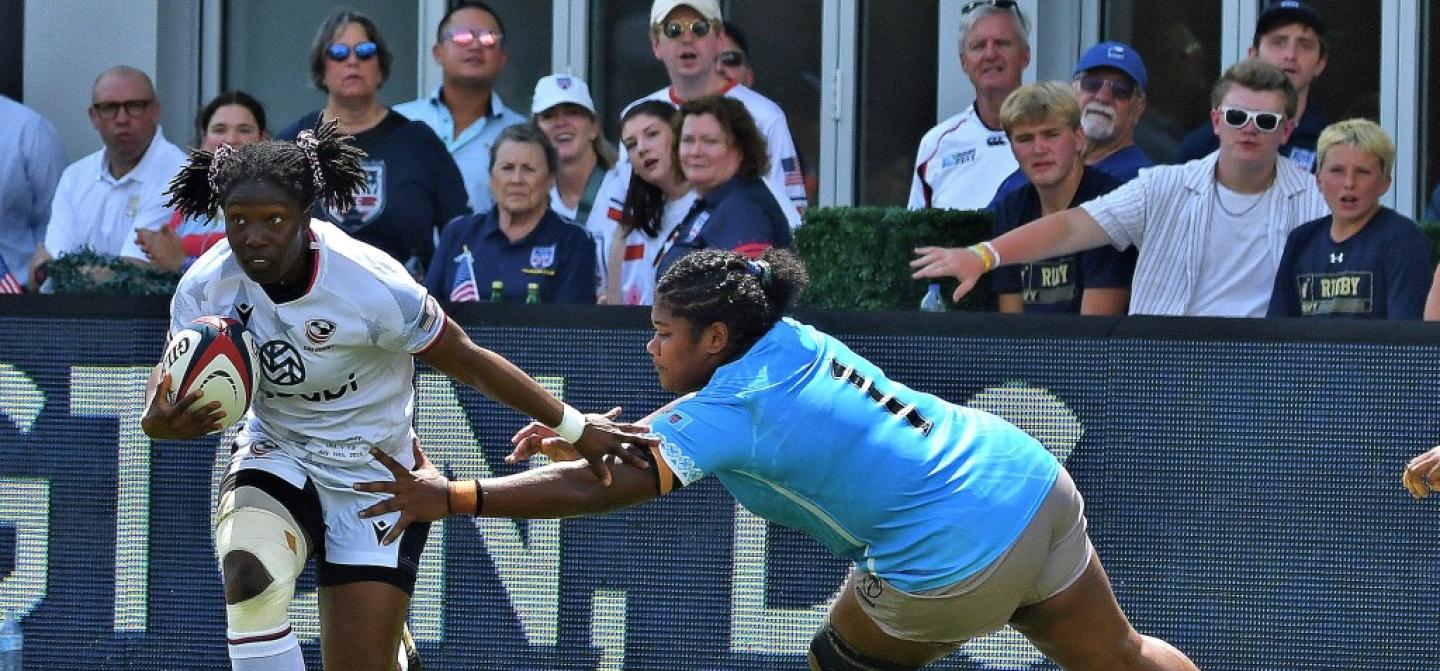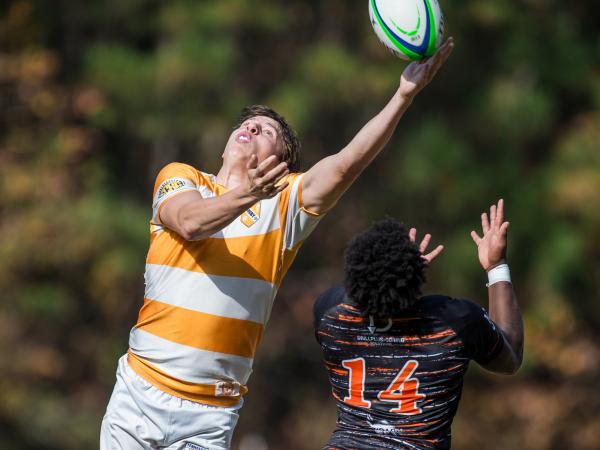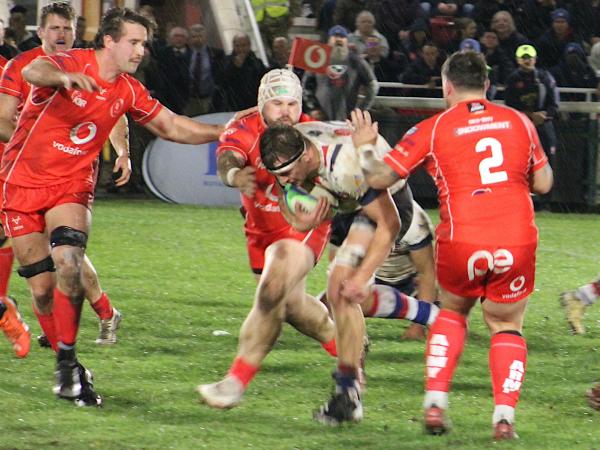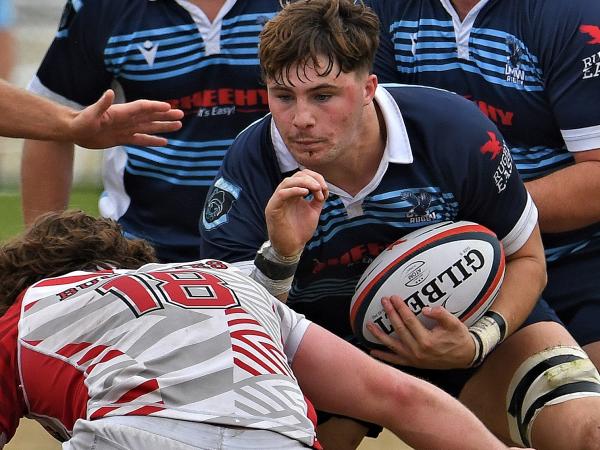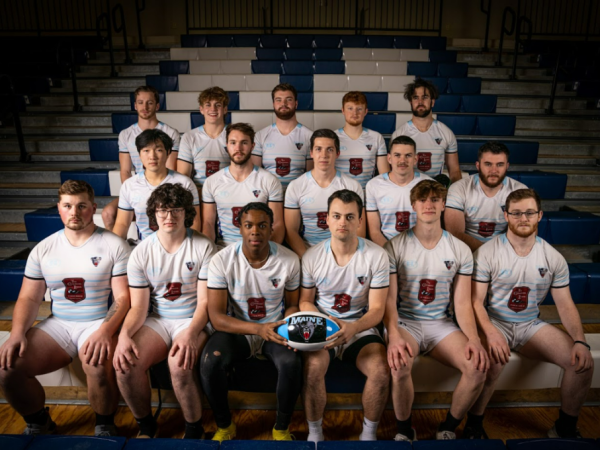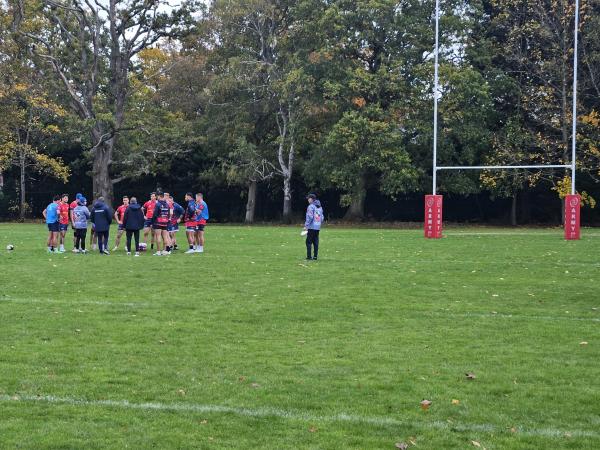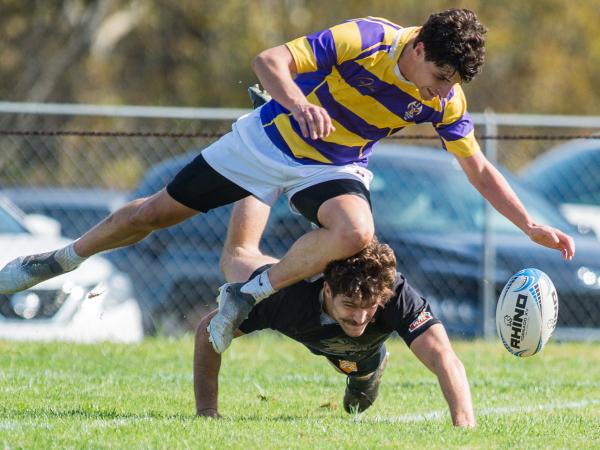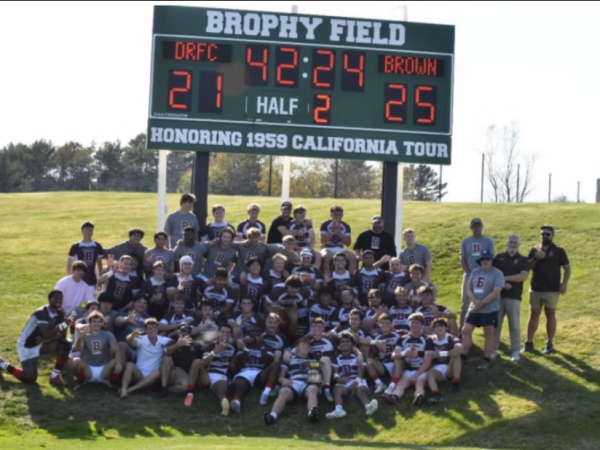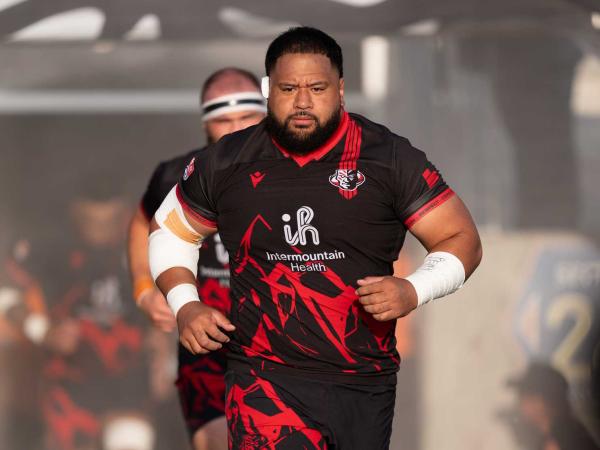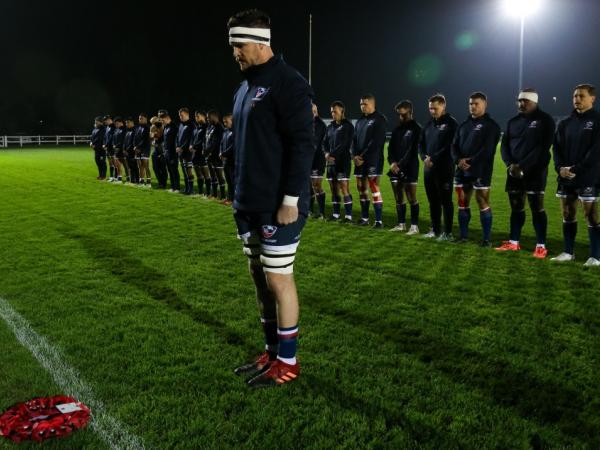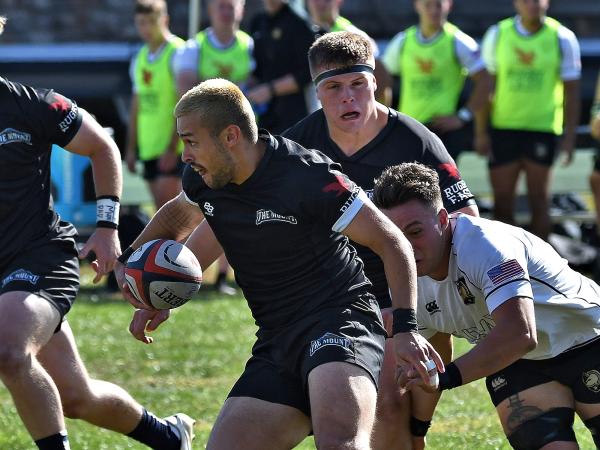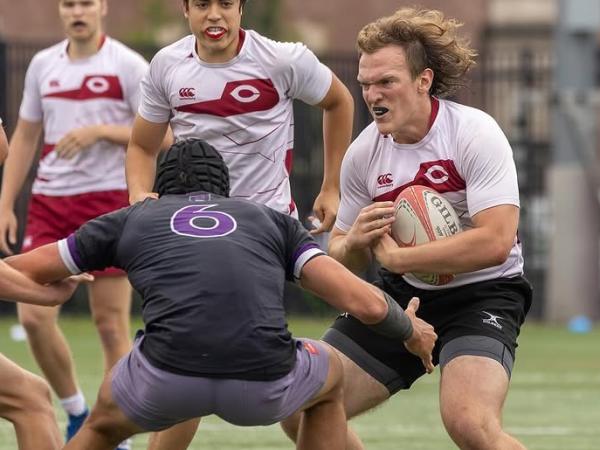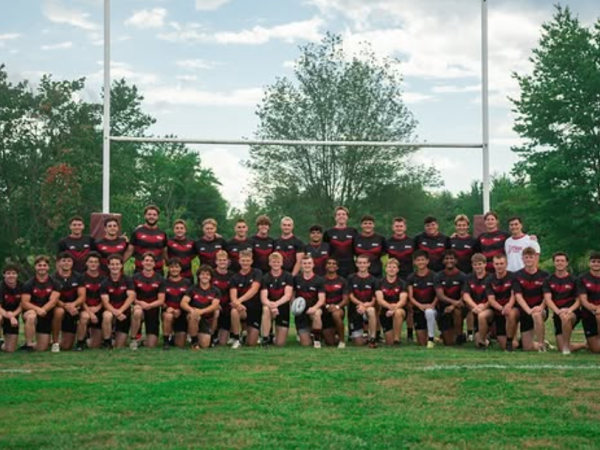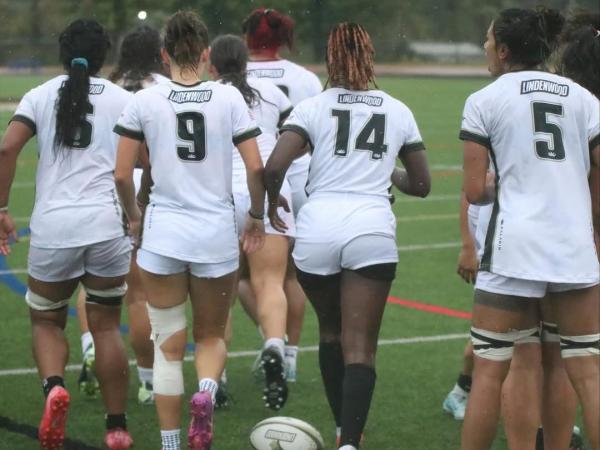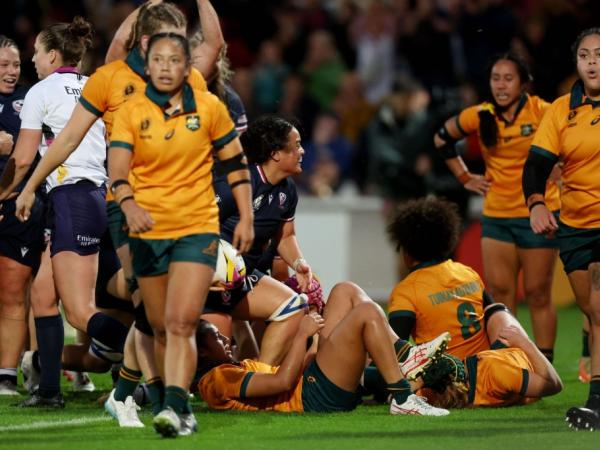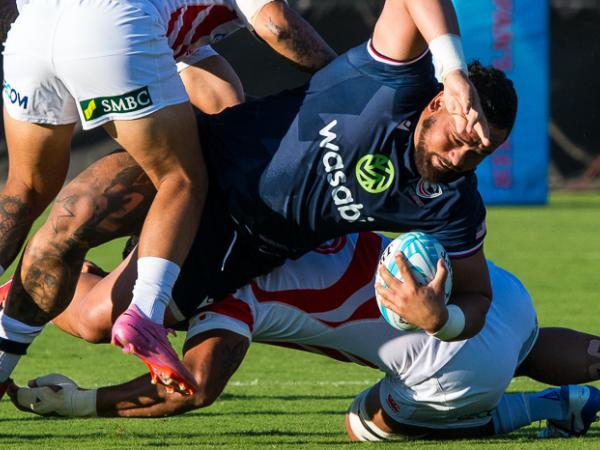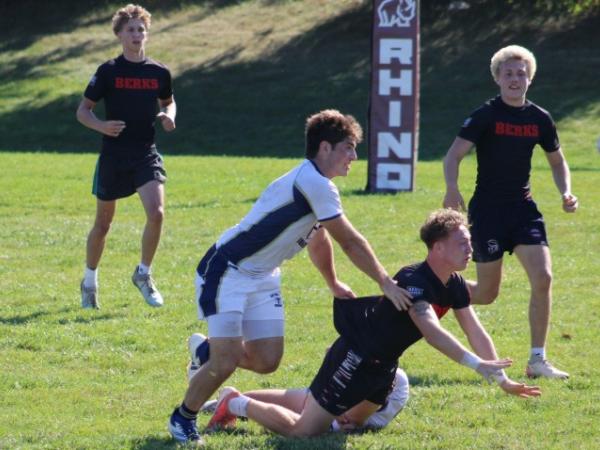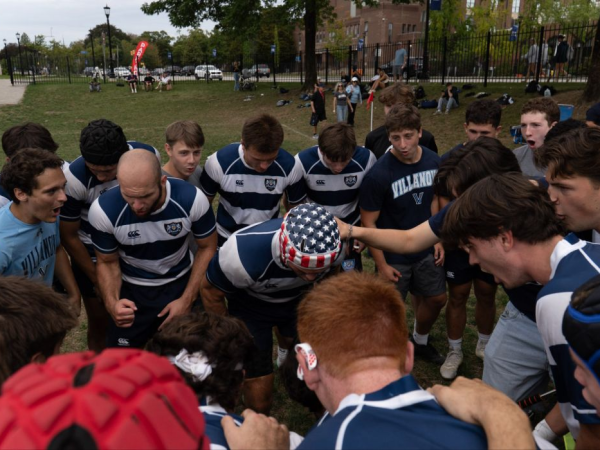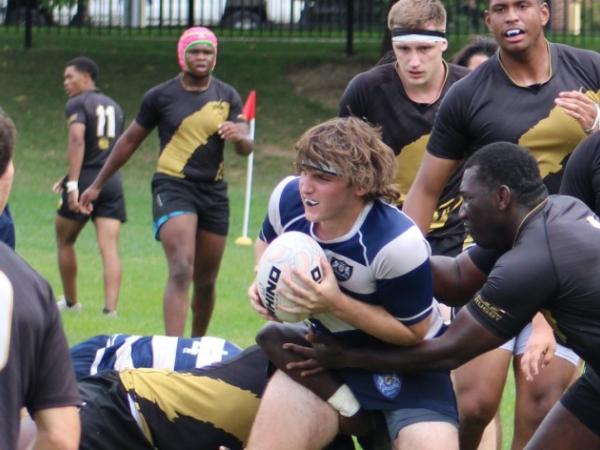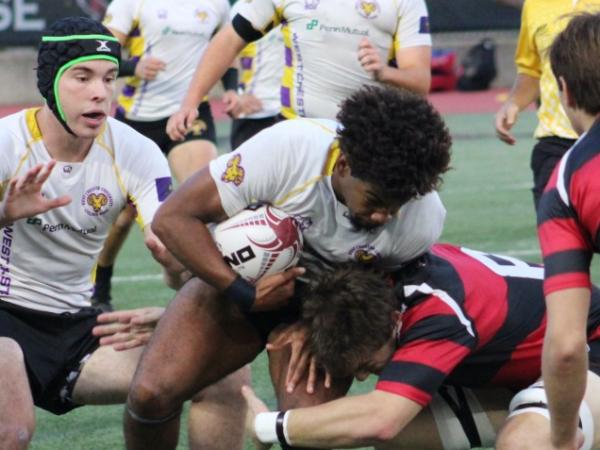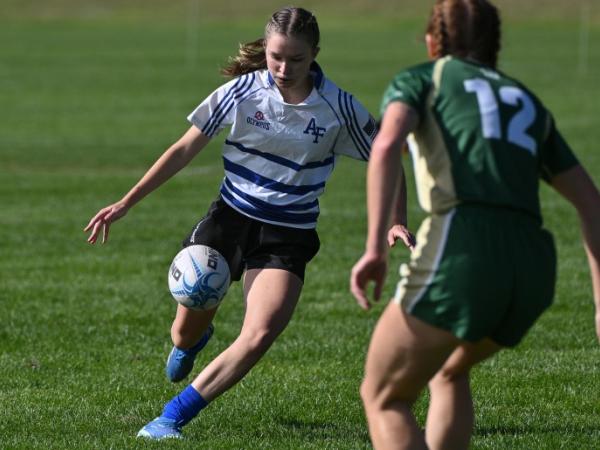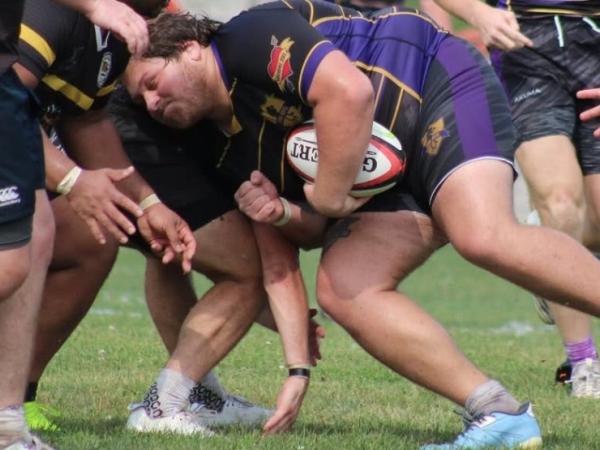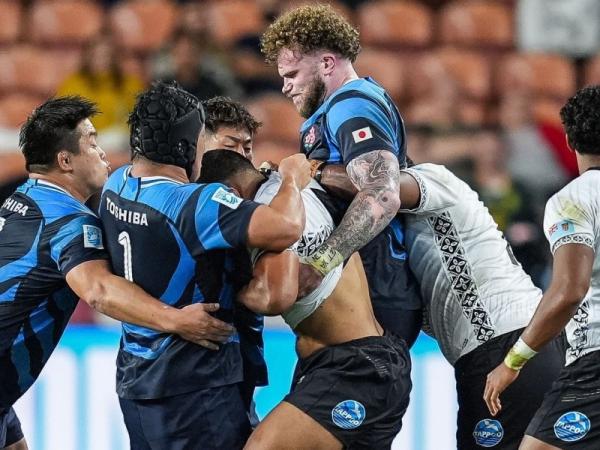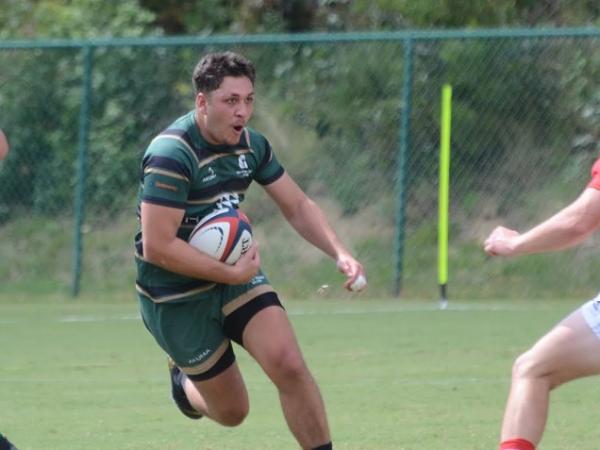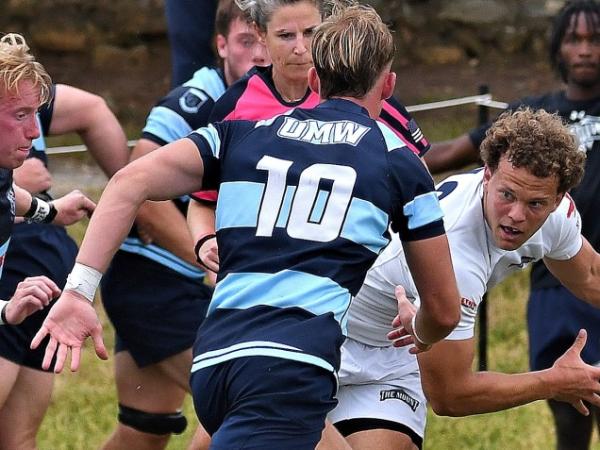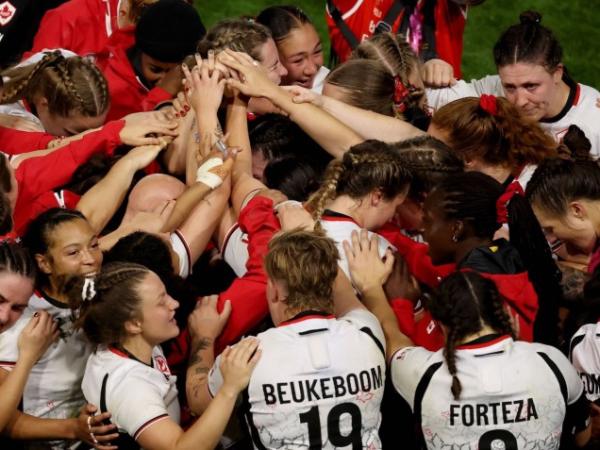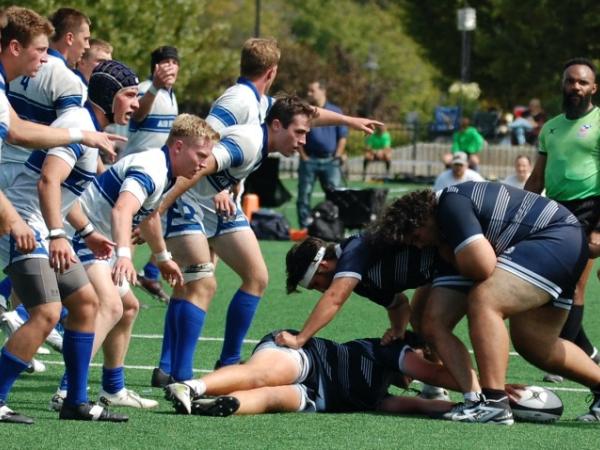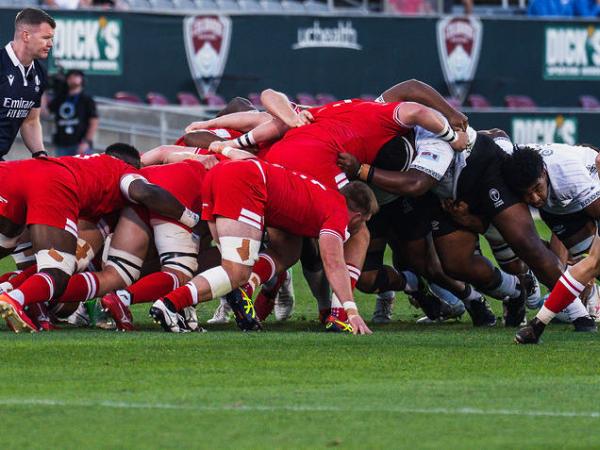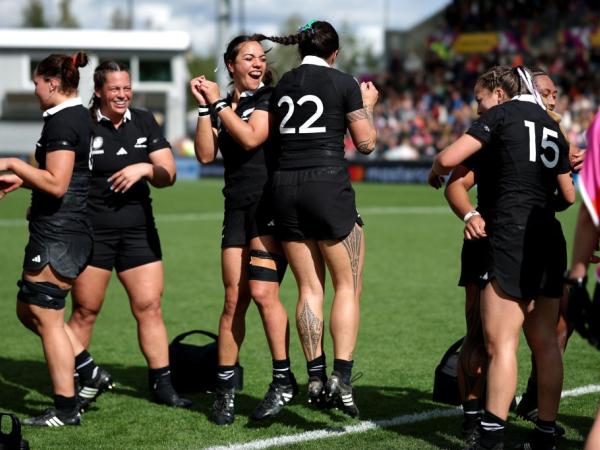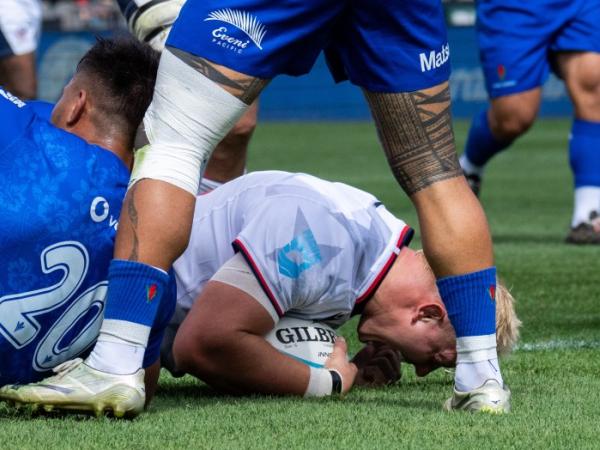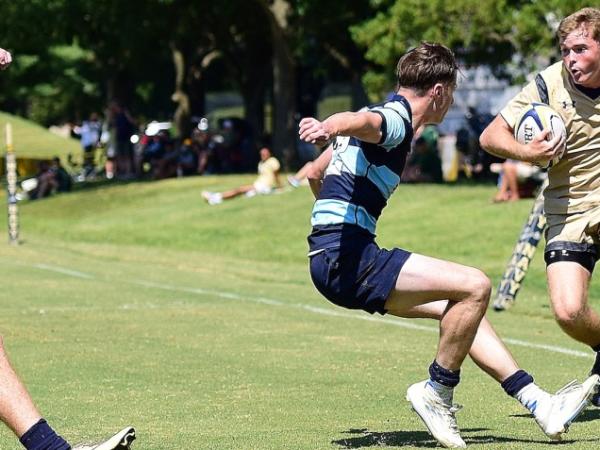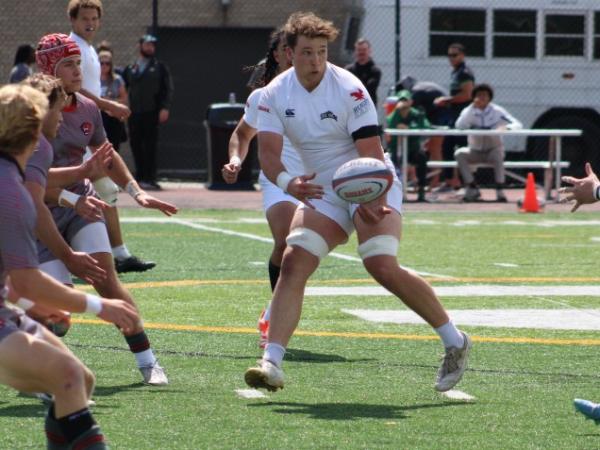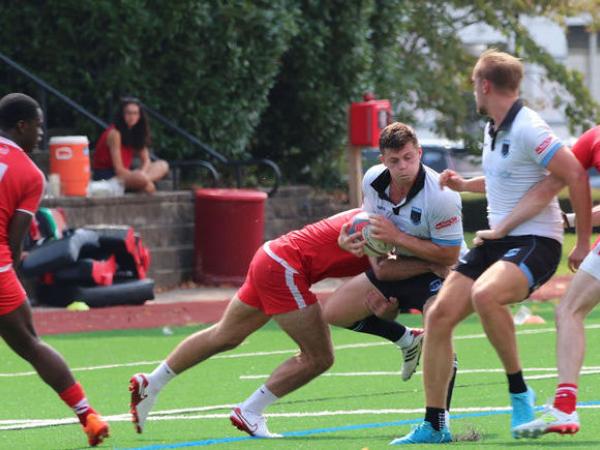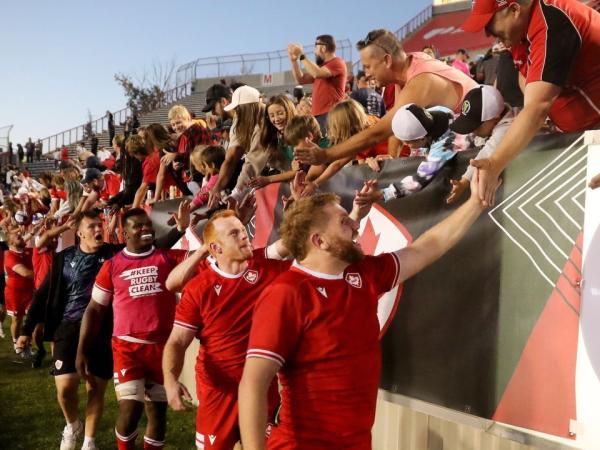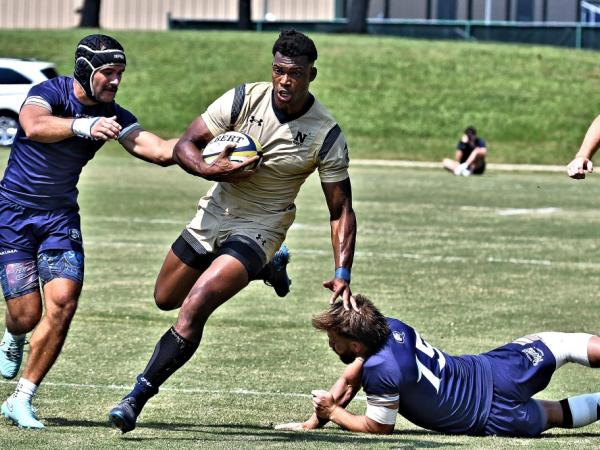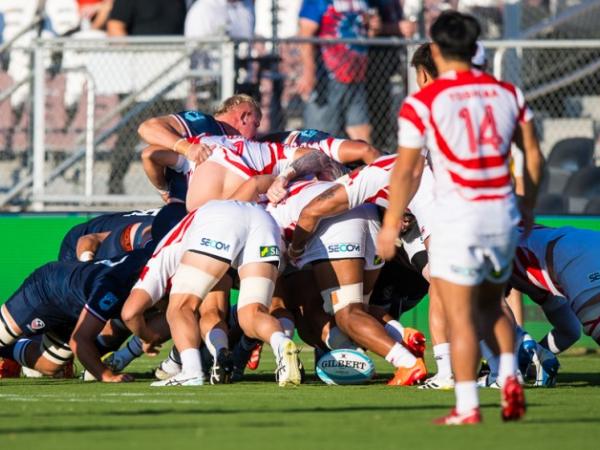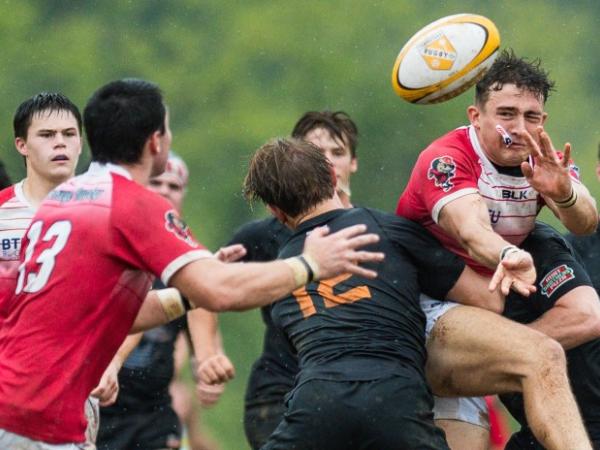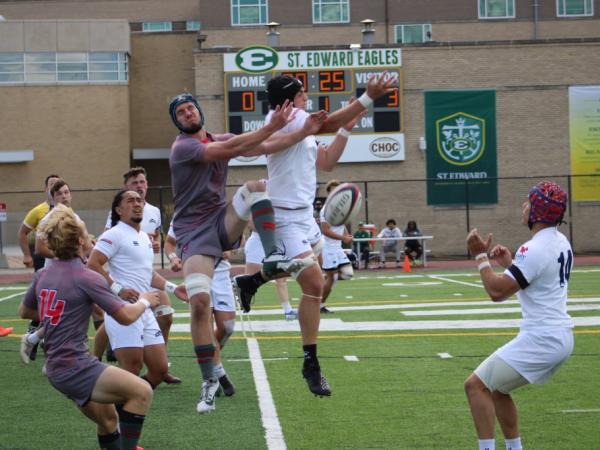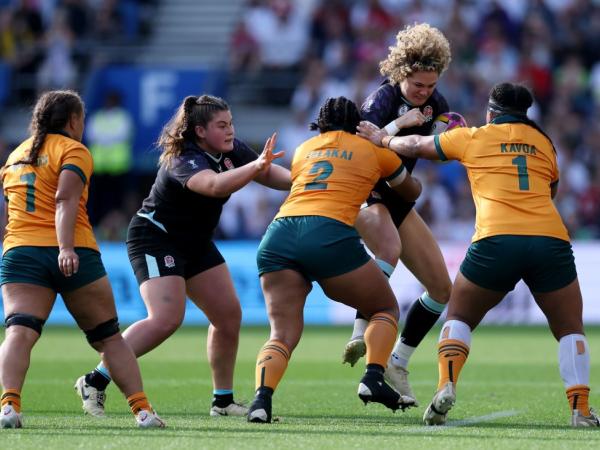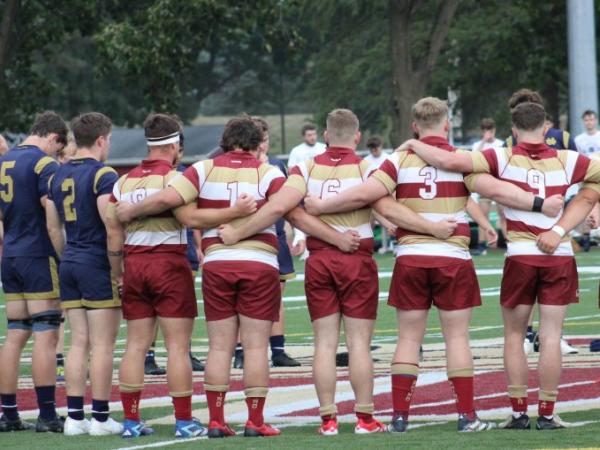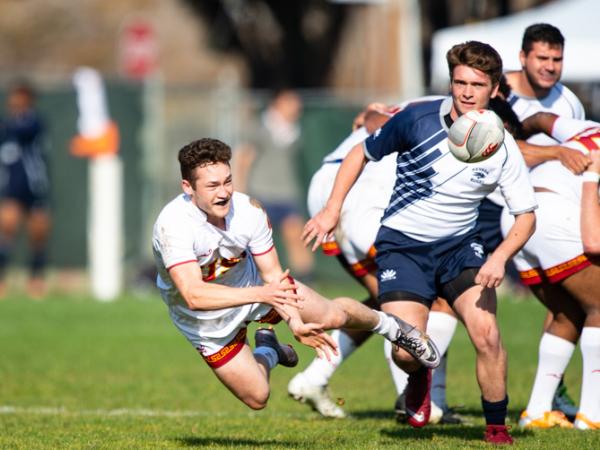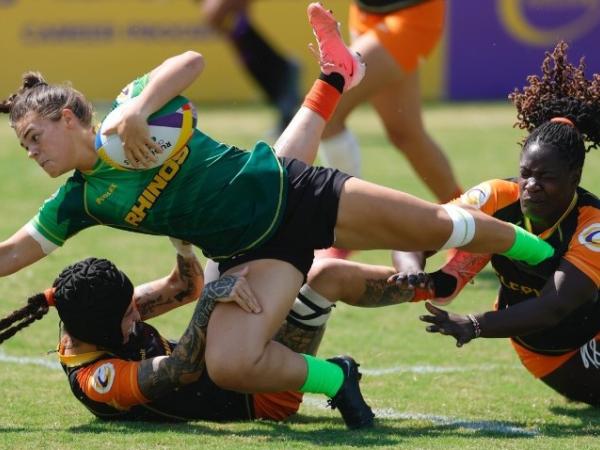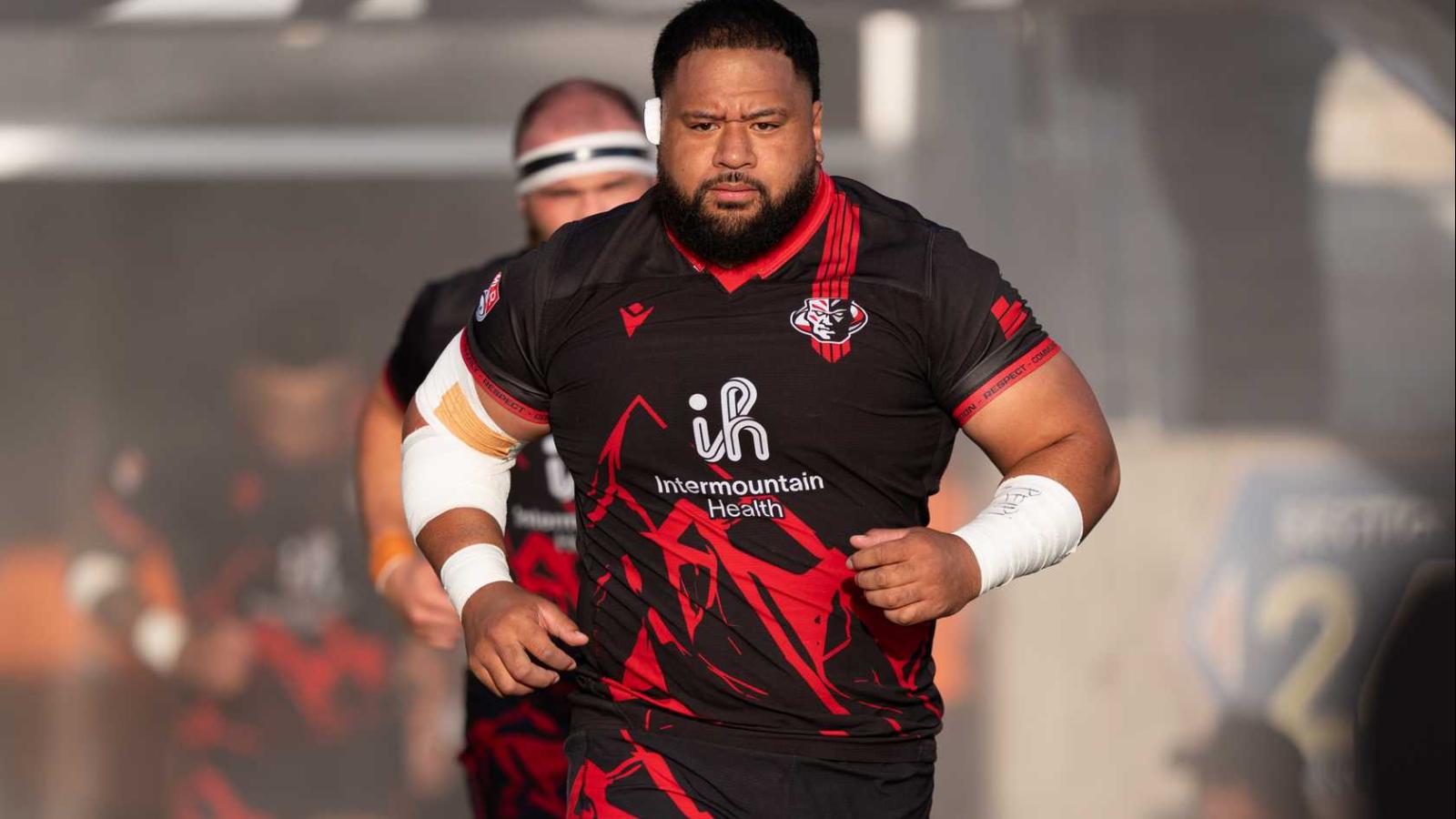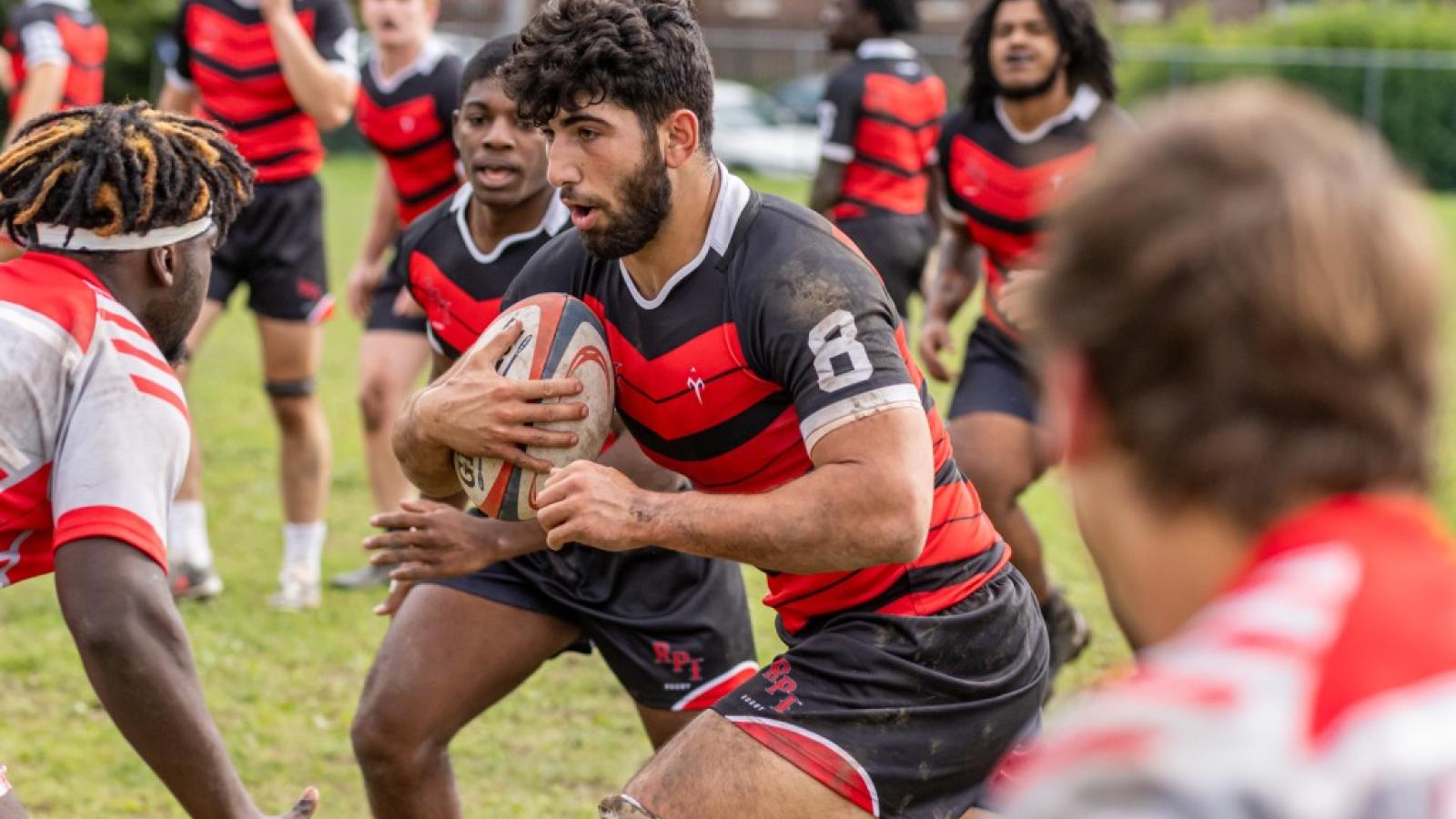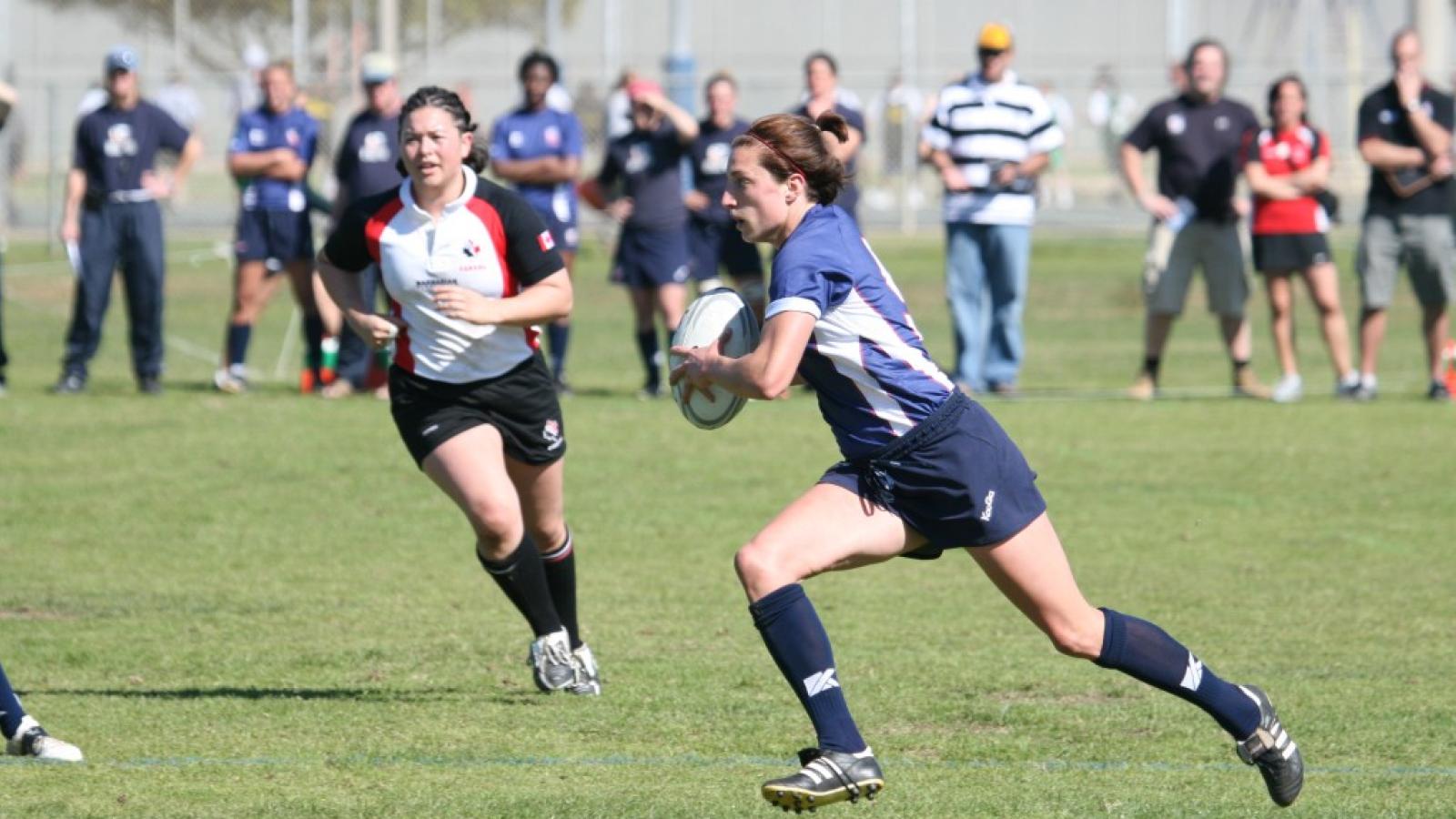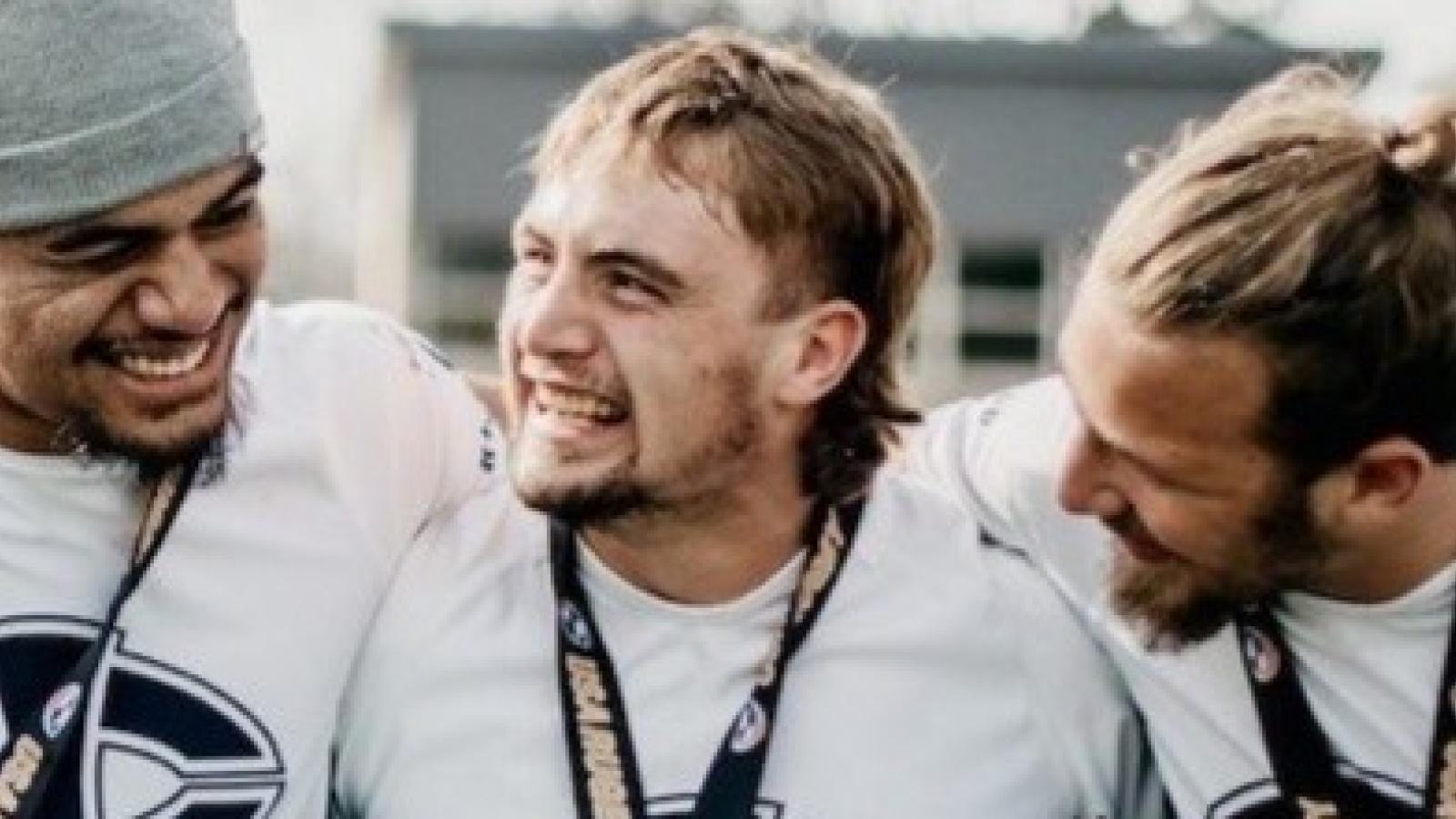With Sione Fukofua stepping down as Women’s Eagles Head Coach, perhaps the final punctuation mark is put on what has been a difficult coaching time for the program.
Fukofuka brought some much-needed stability to a team that had seen three coaches run the team over the last four years.
That was partly because the 2021 Women’s Rugby World Cup was held in 2022. Had it been held in 2021, maybe Rob Cain would have stepped away then. Instead he stayed through, 2022 and left in January of 2023. Milton Haig was brought in as a short-term replacement while the search was put on for the long-term solution. When Fukofuka was signed, we at GRR said maybe there will be some continuity now.
There was, and there wasn’t.
Sione Fukofuka, as far as I can tell, is a good guy, a pleasant person to talk to, and someone who knows the game. But he only had basically a year to figure out who his World Cup players were, and then formulate a cohesive World Cup unit. The players might have been cohesive in that they got along … we won’t speculate on that other to say in our observance generally they seemed happy. But in rugby terms this was never a cohesive team.
That was in part due to time, and that was in part due to Fukofuka dithering on some decisions.
Test Match Prep
Inside sources from the team indicated that game-week prep time was not optimal. The players weren’t given sufficient rest time at the right times; practices late in the week, including captains runs, were too much, resulting in the team fading in the second half on game day. The logic seems to be there—the Eagles have tended to fade late in the game—their World Cup was essentially decided in the final 30 minutes of the opening match with England when the Eagles gave up five tries and 29 points. Had they slowed that pace and maybe scored, the points difference chase in Round 3 would have been very different.
But we at GRR weren’t present at trainings. We observed one captain’s run that didn’t seem any rougher than others we’ve seen. So that’s a criticism from a trusted source, but not something we can verify in-person.
However, we can verify that the USA team had not, overall, finished strong in games, and we’re quite willing to hang that on the bench. With some exceptions, the USA bench has performed poorly. We at GRR still call them “reserves” but others like to use the terms “finishers” or “closers” to indicate a more significant role on the team. That’s fair. But the new name comes with added responsibility. Raise the intensity. Be great, at 100 miles an hour, for 20, 15, 10 minutes.
Yes international rugby is a game where you need to conserve your energy for the right moments, but when we see someone jogging to get back on D following a line break, and that player has been on the field for three minutes, our blood boils. We brought up this criticism in 2022, and it holds today. With some exceptions, the bench isn’t good enough.
Now, who gets those players ready? Who gets them to understand their responsibilities? Two reserves took the field against Samoa and crossed the tryline as upright as a scarecrow bolted to a stick and were held-up in-goal; who lets them get away with that in training? Who picks the players on the bench? I will tell you who it wasn’t; it wasn’t the captain or the experienced players or the starters. It’s the coaches. It’s the Head Coach.
Personnel
Fukofuka did not have four years to figure out and settle on his best 23 for the team. However, much of that lineup was pretty clear. He still had some questions to answer as he came into the job: lock, one flanker, scrumhalf, flyhalf, and the deep three.
Of those, Fukofuka did a solid job figuring out scrumhalf and while we ended up with sort of rotating #9s with Cassidy Bargell and Olivia Ortiz, both are good and they’re not so different as to change the character of the team. Flanker was obvious to pretty much everyone; Fred Tafuna. And yet Fukofuka continued to try to shoehorn Georgie Perris-Redding into that role. Perris-Redding has a lot of positives, but she isn’t the game-changer Tafuna is. Why Tafuna didn’t start against England is a mystery, because she started the next two games, scored six tries in those two games, and was named player of the game in both matches.
In the end, Perris-Redding, unfortunately, was injured in the first 20 minutes against England and Tafuna played the rest of the game.
One wonders how the selections would have gone had Perris-Redding been healthy.
Getting a lock to partner with Hallie Taufoou was a big victory for Fukofuka. He stuck with and worked with Erica Jarrell-Searcy and took a player who, frankly, didn’t look like she could hang physically or from a fitness standpoint and (whether it was Sale Sharks or the USA coaches or someone else) she blossomed, becoming one of the better players on the team. Flyhalf was a series of dithering and experimentation before Fukofuka finally settled on McKenzie Hawkins. We at GRR are big McKenzie Hawkins fans, but we also have to recognize that her kicking from the hand is not her best event. In the end, against Samoa, Fukofuka brought on Gabby Cantorna to handle that aspect of play, which of course changed the lineup around.
Fuofuka didn’t fix it with a fullback who could kick for distance, and maybe there his problem was … who? It was a “hope for the best” situation that never really got solved.
On the Deep Three, we saw lots of changes, and a curious devotion to a couple of players who just aren’t consistently strong enough to be there. The changes had to be made, but the changes were made in the World Cup, not before. Cheta Emba? Needed time and minutes. Eric Coulibaly? Hugely inexperienced but so much upside, should have been on the field as much as possible. Emily Henrich? Saved the USA’s bacon multiple times, got moved around, and kept smiling and making meters. At fullback, as we said, we had no big boomer as a kicker, and some problems with open-field tackling. The player of the future needed either to be protected and played sparingly, or played a lot. Fukofuka went for a middle ground with Sariah Ibarra that was almost the worst of both worlds. He’s lucky she’s resilient and smart.






